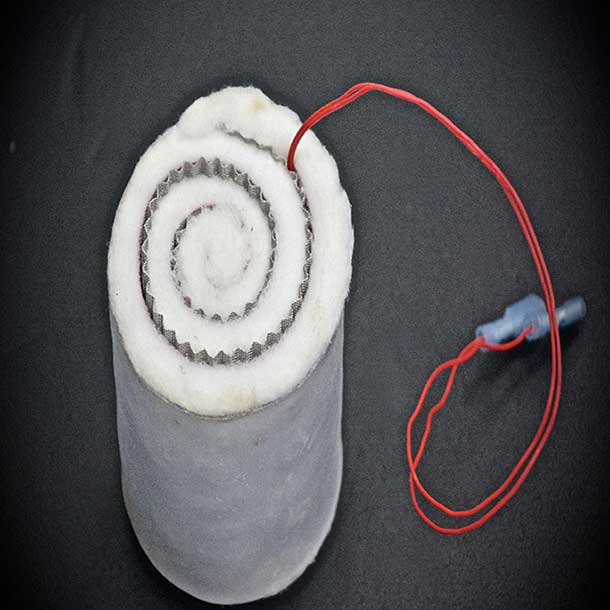
I floated this story out over Twitter a couple of days ago and there was less than a yawn in response. So, I’m going to try again to convey why this new Cryo-Fluid Capacitor (not flux capacitor) technology could be a very big deal for hydrogen fuel cell car lovers.
NASA’s Kennedy Space Center has developed an aerogel that can store gasses such as hydrogen in a liquid state. This aerogel can then supply hydrogen-on-demand whenever and wherever needed.
The aerogel created by the Cryo-Fluid Capacitor (CFC) has a couple of advantages over current methods of fueling hydrogen vehicles. The first advantage is one of safety in that it does not have to be stored at 5,000 – 10,000 psi as is the case at most current hydrogen fueling stations.
The second advantage is that the aerogel doesn’t have to deal with the problems of cryogenic hydrogen storage such as the energy intense cooling or the storage, which is prone to boil off.
The hydrogen aerogel is light weight, only requires low to moderate storage pressures and can be quickly discharged on demand.
According to NASA, “The CFC technology includes ingenious packaging in its design. Tightly coiling aerogel blanket into a cylinder allows for a larger amount of the storage media (aerogel) to be densely packaged into a manageable geometry. A spirally-integrated conductive membrane also acts as a large area heat exchanger that easily distributes heat through the entire cylinder to discharge the CFC quickly, and can be interfaced to a cooling source to charge it up; this feature also allows the cryogenic fluid to easily penetrate the cylinder for fast charging.”

Now, why is this interesting to the hydrogen fuel cell vehicle and H2 infrastructure industries? First, aerogel is an easily handled and transported. Second, aerogel could be transported to the hydrogen fueling stations where the hydrogen can be quickly extracted on demand.
The third scenario is that, over time, the Cryo-Fluid Capacitor aerogel technology could actually do away with the present day compressed hydrogen gas fueling stations as we have come to know them. The aerogel itself could be pumped directly into the vehicle and the hydrogen discharged on demand.
A pipe dream? Maybe. NASA doesn’t think so. They are taking applications to license this technology now.
References
https://technology.nasa.gov/patent/KSC-TOPS-62
https://technology.nasa.gov/t2media/tops/pdf/KSC-TOPS-62.pdf
https://technology.nasa.gov/apply/login
Comments are closed here.